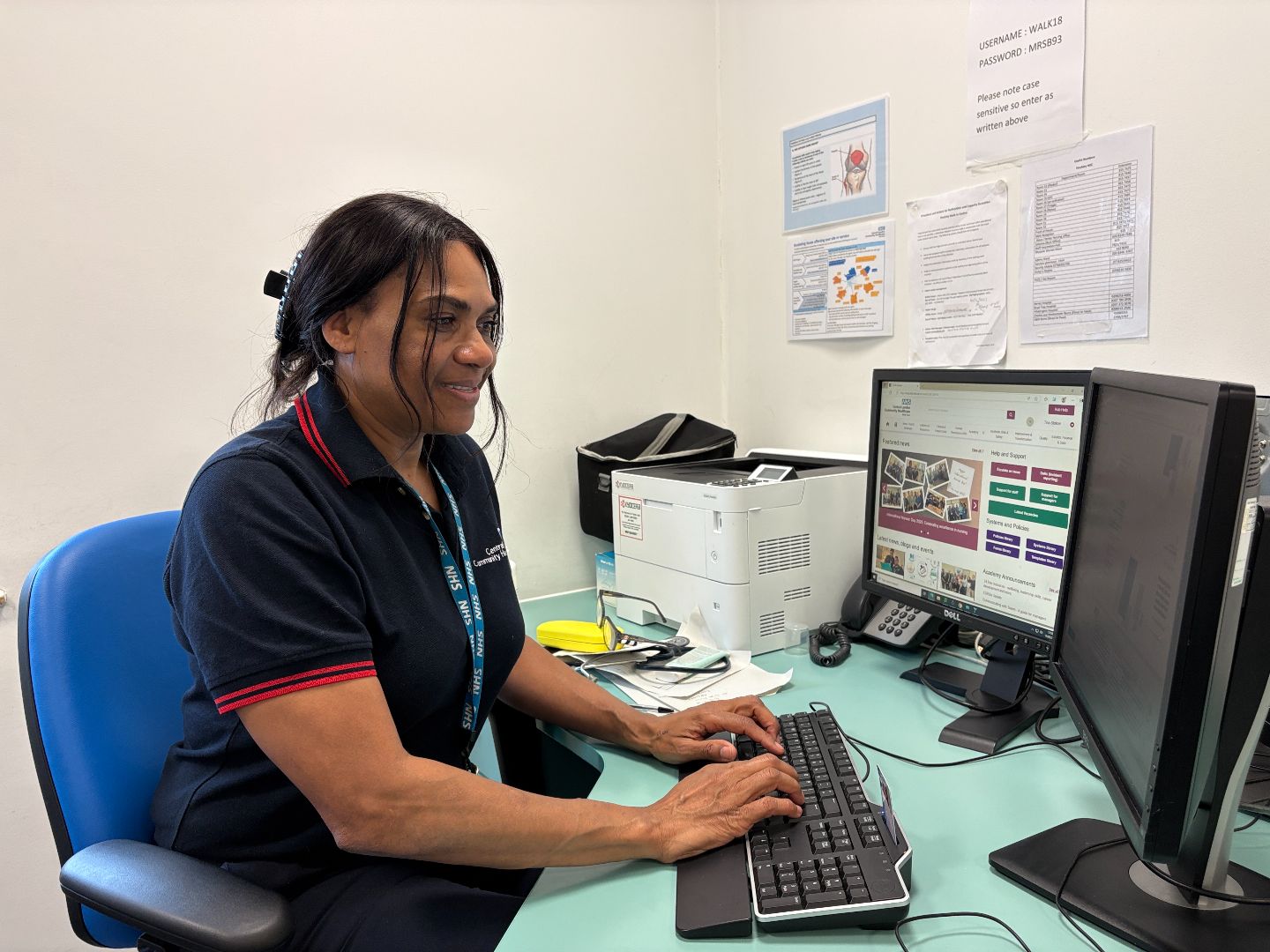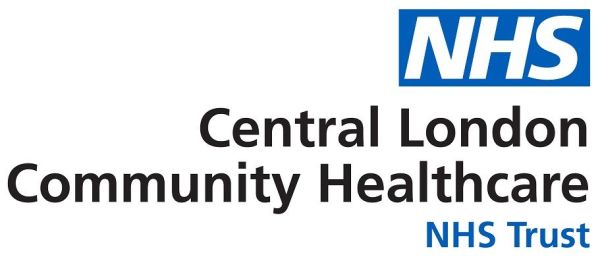Finchley Walk-in Centre: a first-hand look at holistic community care
I arrived at Finchley Memorial Hospital and followed the signs to the Walk-In Centre, and I was greeted with CLCH banners, a busy waiting room, and Tina Stokoe, Consultant Nurse Practitioner. It’s a big, open waiting room – large windows right up to the ceiling letting in plenty of light and views to green spaces.

Tina tells me about the kinds of patients that come in, some shy about their ailments. She says that the reception staff are very attuned to this, they often lean over and offer them a pen to write it down, or when sensing hesitation, ask the patient if it’s a ‘personal matter’, giving them confidence in their privacy.
She takes me into her room, followed by an elderly patient, her husband and her daughter who are worried about an ankle injury. I watch Tina as she continues her treatment, explaining how the patient’s injury had occurred, talking clearly and carefully about the risks that accompany the injury, and what comes next. Often, as children of elderly parents are, the daughter is jumping in to answer Tina’s questions, clearly concerned about her parent. Tina is aware of the daughter’s anxiety but ensures the patient is at the forefront of the consultation, also conscious to include all of the family.
When she leaves the room, the family turn to me and begin gushing, unprompted, about how lovely their treatment has been. They’d called 111 who directed them to the Walk-In Centre, were seen very quickly, triaged, able to have an x-ray done across the hall, and back into Tina’s room for a boot and crutches. They were amazed by what could be done on site. A virtual orthopaedic consult was set up, giving the patient the same expert care—without another trip out.
The next patient is a teenager, and Tina asks a series of questions about who they live with and life at home. It doesn’t seem related to why they’ve come in. I ask her why she asked those questions, and she explains it’s a safeguarding check they do for anyone under 18.
After the appointment Tina shows me around the hospital, pointing out where Royal Free and UCLH also deliver services. We walk past a wall of kids' drawings. Tina says: “They’re still up from Covid, we like to keep them as a reminder of how everyone came together. It was a real community spirit back then.”

As we continue past the reception, she points out the pharmacy and coffee shop. “Lots of older people live in the houses just across the car park, they come to the coffee shop even when they don’t need to come to hospital. It’s a place for them to come and be with other people.”

She mentions Adams Ward and Marjorie Warren Ward upstairs, and we stop to look at a memory wall display from 1908 - 2012. She points to a black and white picture of a nurse and says: “She still works here.”
“For CLCH?” I ask.
“Yeah, she still works here at the WIC!”


Before I can ask more, a young woman approaches us, calling out Tina’s name. A Radiology Department Assistant for the diagnostics team at Royal Free, asks if Tina remembers her mum. “I went to nursery with your son.” Tina exclaims as she remembers, asking her how she’s been, and what she’s been up to.
As we move on, I ask Tina about her work. “I’ve worked in lots of A&Es in my time, but here the staff are so committed and dedicated. We have a small turnover and high retention of staff, so you get the impression that everyone really likes working in this team.”
I’m struck by how strong the sense of community is here. In a large hospital, in a busy suburb in North Central London, community and connection thrives. This isn’t just a place you come to have your blood drawn or an injury taken care of. It’s a place where people make sure you’re safe and comfortable, where people come to connect over a coffee, a place of old friends and friendly colleagues. This is what community healthcare is.

